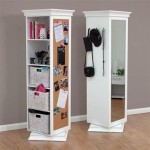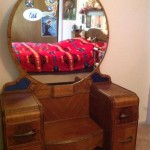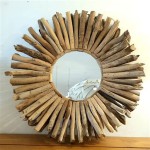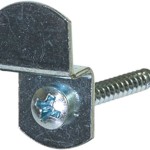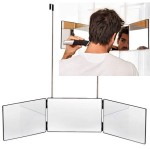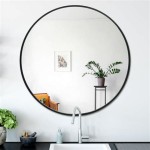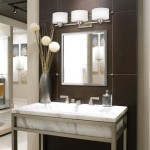Mirror Wall Design: Essential Aspects for an Elegant and Functional Space
Mirror walls are versatile design elements that can enhance the aesthetic appeal, functionality, and spatial perception of any room. Integrating mirrors into walls offers unique opportunities to create visually striking focal points, maximize natural light, and create an illusion of spaciousness.
Incorporating mirror walls into interior design requires careful consideration of several essential aspects:
Material and Durability
The material of the mirror wall plays a crucial role in its durability and overall appearance. Glass mirrors are the most common choice, offering excellent reflectivity and longevity. However, they can be prone to breakage and require regular cleaning to prevent smudging. Acrylic mirrors provide a lightweight and shatter-resistant alternative, but they may not provide the same level of clarity as glass mirrors.
Size and Shape
The size and shape of the mirror wall should complement the room's proportions and architectural features. Large mirrors can create a dramatic statement, while smaller mirrors can add subtle reflections and brighten up specific areas. The shape of the mirror wall can range from classic rectangular and square to more geometric and irregular forms, depending on the desired aesthetic.
Lighting and Positioning
Proper lighting is essential to maximize the reflective properties of a mirror wall. Natural light from windows or skylights can cast beautiful reflections, while artificial lighting from sconces, chandeliers, or recessed lights can create a more ambient effect. The positioning of the mirror wall should consider both the natural and artificial light sources to ensure optimal reflection.
Safety Considerations
Safety is paramount when designing a mirror wall. Proper installation techniques, such as using sturdy brackets and safety backing, are crucial to prevent the mirror from falling or shattering. Additionally, the placement of the mirror wall should avoid areas where it could pose a risk of injury, such as above fireplaces or near sharp objects.
Aesthetic Considerations
The aesthetic value of a mirror wall is subjective and depends on personal preferences. However, there are some general guidelines to consider. A mirror wall can complement different design styles, from modern to traditional, by choosing the appropriate frame or surrounding decor. The color of the mirror's frame can create a contrast or a cohesive look with the wall's color.
In conclusion, mirror wall design requires careful attention to material, size, shape, lighting, safety, and aesthetic considerations. By thoughtfully integrating these aspects, designers can create visually stunning and functional mirror walls that enhance the ambiance, functionality, and overall appeal of any space.

15 Photogenic Feature Wall Designs That Can Make Your Home Stand Out Design Mirror Decor Living Room Interior

Image Gallery Page 426153183488350696 Artofit Interior Wall Design Hall Decor Living Room

Wall Mirror Design 8 Decorative Mirrors To Transform Your Home

Amazing Mirror Design That You Can Add In Your Place To Make It Look Beautiful And Glamorous Decor Living Room Foyer Wall

Mirror Wall Panel Ideas To Elevate Your Living Space

Decorative Wall Mirrors 40 Design Catalogue For Living Room Hallway Bathroom

Decorative Wall Mirrors 40 Design Catalogue For Living Room Hallway Bathroom

How To Choose The Ideal Wall Mirror For Your Room Majestic Glass

How To Make A Serious Style Statement With Mirrors

77 Charles Suite 605 Toronto Mike Niven Interior Design Inc Home House Decor

